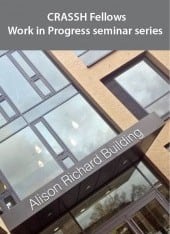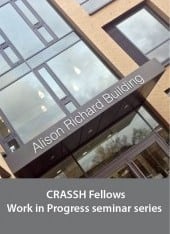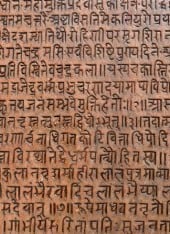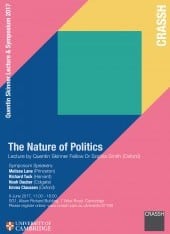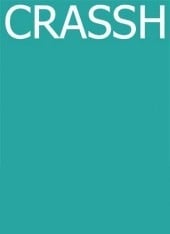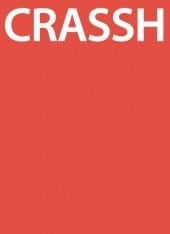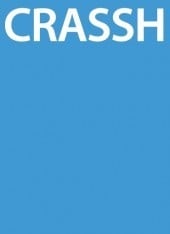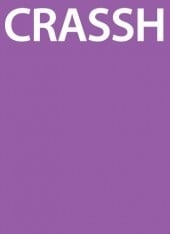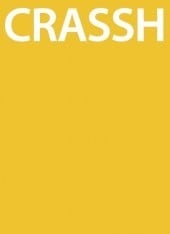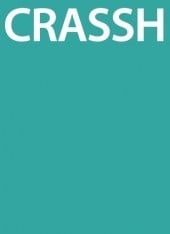Part of the CRASSH Fellows Work in Progress Seminar Series. All welcome but please email Michelle Maciejewska to book your place and to request readings. A sandwich lunch and refreshments are provided.
Dr Christopher Nygren
Around 1530 numerous painters began producing large easel paintings on slabs of hewn stone. The substitution of stone for canvas has few parallels in global art history. This project will be the first thorough examination of this strange subset of Renaissance paintings. By focusing on the material substrate of images - the “stuff” underneath the layer of pictorial illusionism that usually attracts scholarly attention - this project reveals new aspects of Renaissance picture-making. Renaissance writings about art emphasized the teleological emergence of “naturalism,” an ideal state at which a painting perfectly resembles the thing it represents. Focusing on painted stones, this project contends that a more flexible understanding of similitude was operative in the Transatlantic Renaissance.
Dr Christopher Nygren is an ACLS Visiting Fellow at CRASSH in Michaelmas Term 2017.
Dr. Christopher Nygren is assistant professor of Renaissance and Baroque Art in the Department of the History of Art and Architecture at the University of Pittsburgh. His research focuses on the intersection of religion, philosophy, and art in the Italian Renaissance. These threads were brought together in his first book manuscript, Titian’s Icons: Tradition, Innovation, and Devotion in Renaissance Italy, which is currently under review. His interest in the materiality of art and religious practice have given rise to his second book-length project, which will be a study of Renaissance paintings on stone. This project is being funded by the American Council of Learned Societies and will be developed while in residence at CRASSH.





